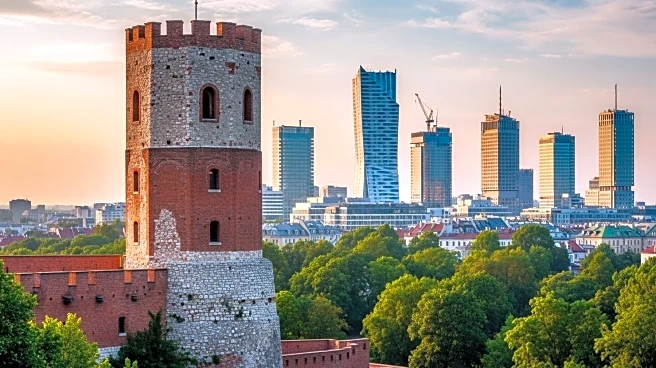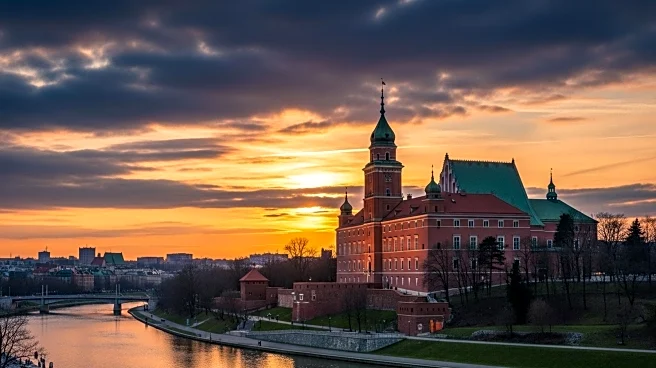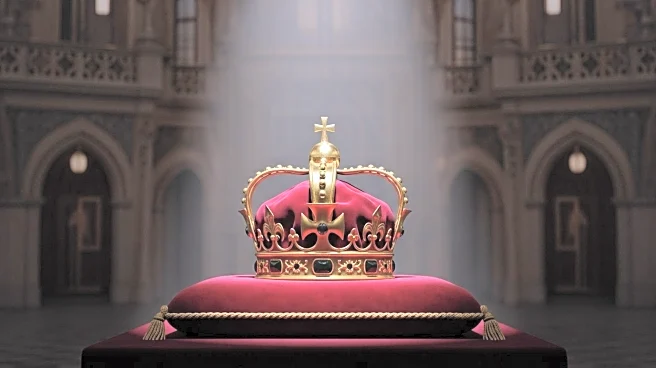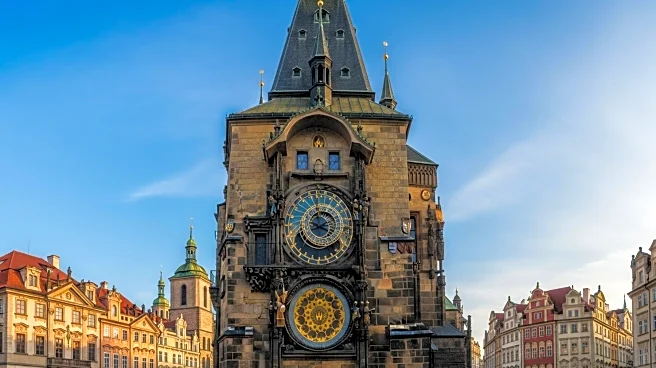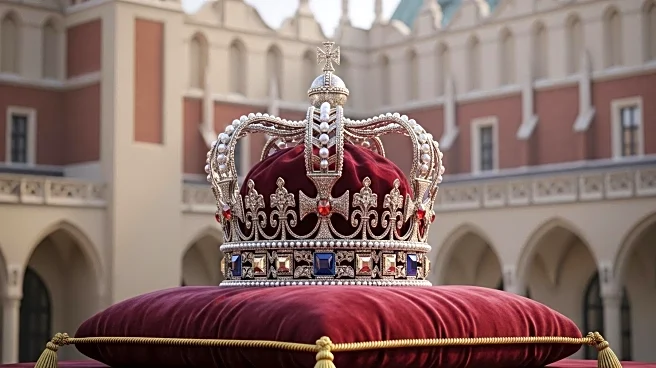What is the story about?
Warsaw, the capital city of Poland, has a fascinating history of creation and evolution. From its origins as a small fishing town to its status as a major urban center, Warsaw's journey through history is marked by significant events and transformations. The city's ability to adapt and thrive through changing times is a testament to its resilience and cultural significance.
Founding or Discovery
Warsaw traces its origins to a small fishing town in Masovia. The city's rise to prominence began in the late 16th century when King Sigismund III decided to move the Polish capital from Kraków to Warsaw. This decision marked the beginning of Warsaw's journey as a central hub of political and cultural activity, influencing the course of European history.Key Contributors
Throughout its history, Warsaw has been shaped by key contributors who have influenced its development. The decision by King Sigismund III to move the Polish capital to Warsaw was a pivotal moment in the city's history. The city's architectural evolution, from medieval structures to modern designs, reflects the contributions of architects and planners who have shaped its development.Design or Method
Warsaw's design and method of development are characterized by its ability to blend tradition with innovation. The city's architectural diversity, from medieval structures to modern skyscrapers, reflects its ability to adapt to changing circumstances. Warsaw's strategic location and historical role as a capital city have contributed to its development and influence on European history.Early Reception
Warsaw's early reception as a capital city was marked by its strategic importance and cultural significance. The city's role as the capital of the Polish-Lithuanian Commonwealth and its transformation during the Napoleonic Wars are significant milestones. Warsaw's ability to adapt and thrive through changing times has contributed to its reputation as a symbol of strength and perseverance.AI Generated Content
Do you find this article useful?





